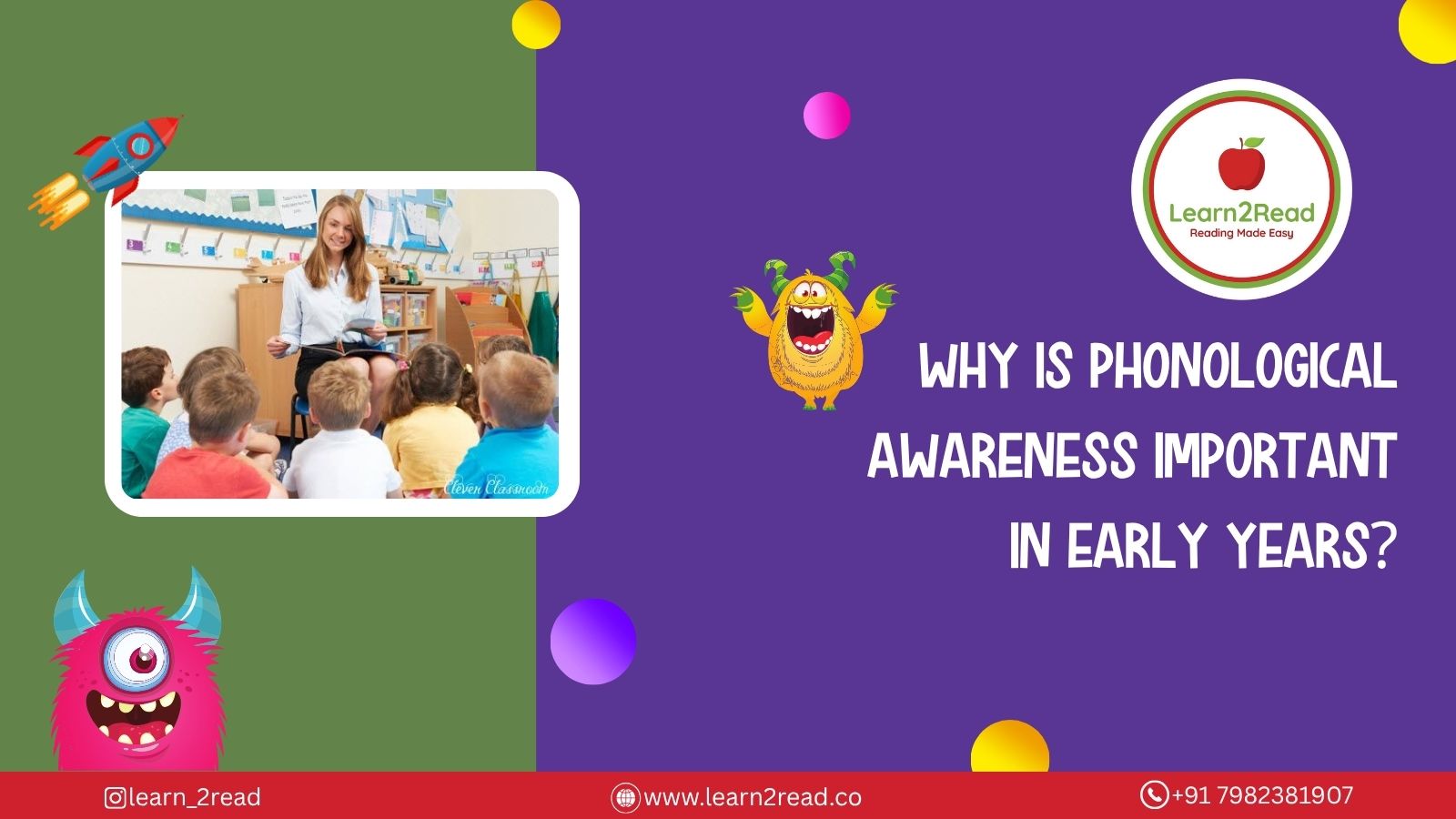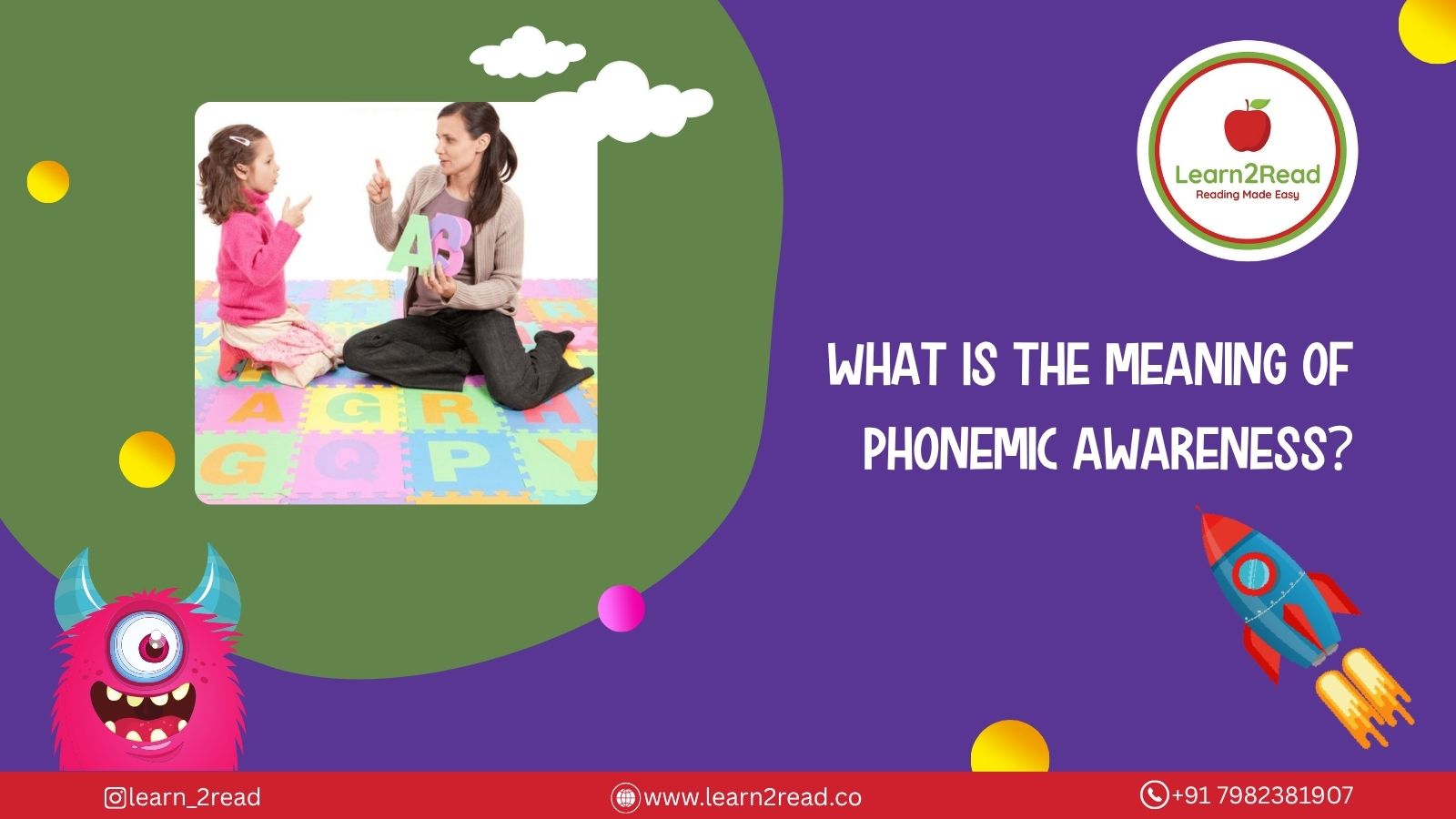17 October 2025
Teaching your kids how to read with Digraphs and Diphthongs

Teaching your kids how to read with Digraphs and Diphthongs
posted on : 7 February 2022
The terms digraph and diphthong are common terms in the reading world. We find that many people are confused about the difference between the two terms. The clear difference is that digraphs are letters and diphthongs are sounds.
The morphemes (meaningful word parts) in each word help us remember their meanings. Both words are derived from Greek. The first morpheme di in both words means “two.” The morpheme graph means written, making the word digraph refer to something written that has two parts. The morpheme phthong means “sound”, making the word diphthong refer to a sound that has two parts. If you understand the meaning of the morphemes in each word, you will never confuse them again.
Digraph is two letters that spell one sound. Digraphs that spell consonant sounds include the letter pairs sh, ch, th, wh, ck, ph, ng. Digraphs that spell vowel sounds include the letter pairs ai, ay, ee, ea, ie, ei, oo, ou. ow, oe, oo, ue, ey, ay, oy, oi, au and aw. The important thing to remember is that a digraph is made of two letters, and although the letters spell a sound, the digraph is the two letters, not the sound.
Diphthong is a special kind of vowel sound. Most vowel sounds in English are made with the mouth in one position and with one pure sound. These vowel sounds are called monophthongs (mono meaning “one” and phthong meaning “sound”). A diphthong is one vowel sound formed by the combination of two vowel sounds. A diphthong begins as one vowel sound and moves toward another, such as the vowel sounds in coin or loud. Diphthongs can be contrasted with two monophthong vowel sounds together that form two syllables, such as in chaos, triage, or violin.
When teaching how to read, the two vowel sounds most commonly identified as diphthongs are /oy/ and /ow/. The most common spellings for the vowel sound /oy/ are oy (toy) and oi (void), and the two most common spellings for /ow/ are ow (cow) and ou (cloud). The fact that these two diphthongs are usually spelled with digraphs may explain the confusion between the terms.
With us, Learn2Read, your child can learn to read in a fun and interactive way from the phonics expert. Book free trial class now.
Latest Posts


17 October 2025
10 Fun Phonics Awareness Activities for Preschoolers

17 October 2025
What is the Meaning of Phonemic Awareness

17 October 2025



